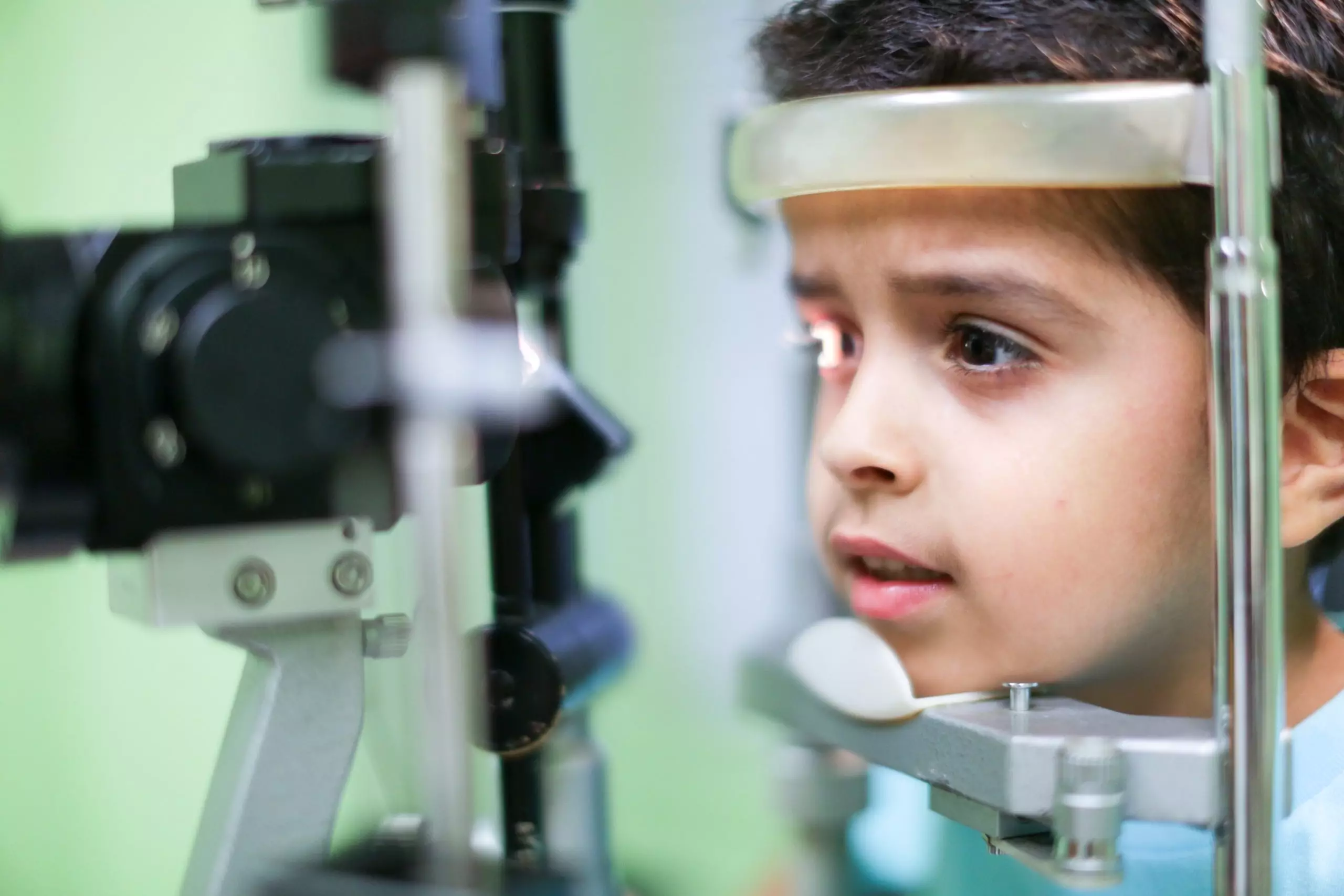National Eye Drop Recall
General Operating Hours
General Operating Hours
Monday, Wednesday, Thursday: 8:30 am – 7:30 pm
Tuesday: 1:00 pm – 7:30 pm
Friday, Saturday: 8:30 am – 4:30 pm
*Some providers and specialty clinics may have different clinical hours
Schedule Appointment: 212-938-4001
